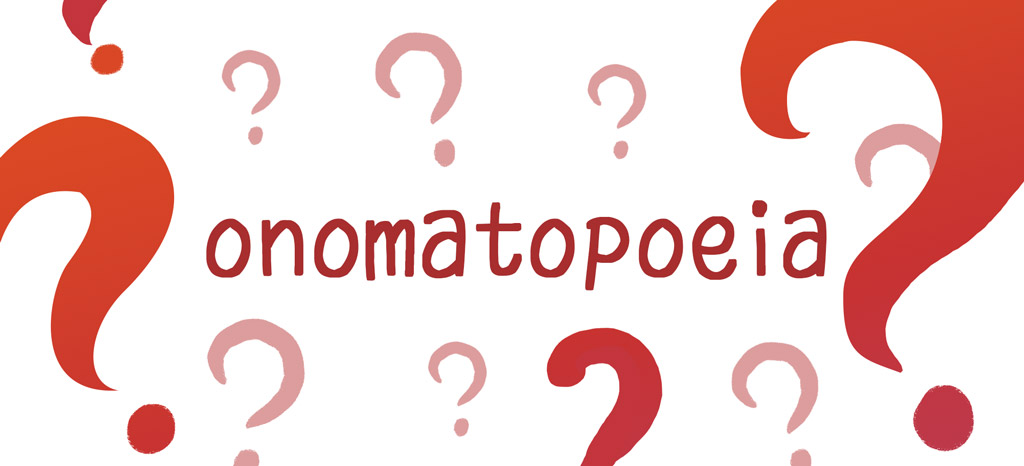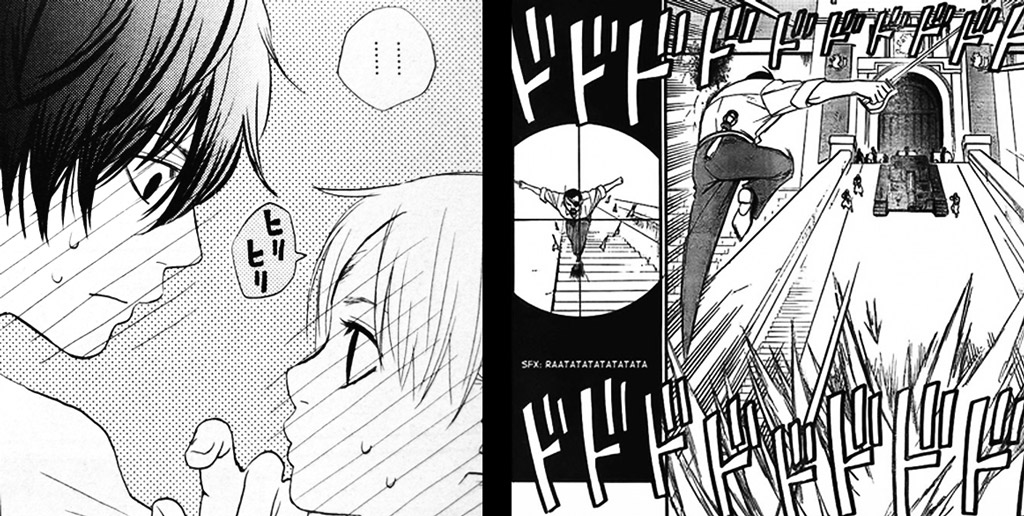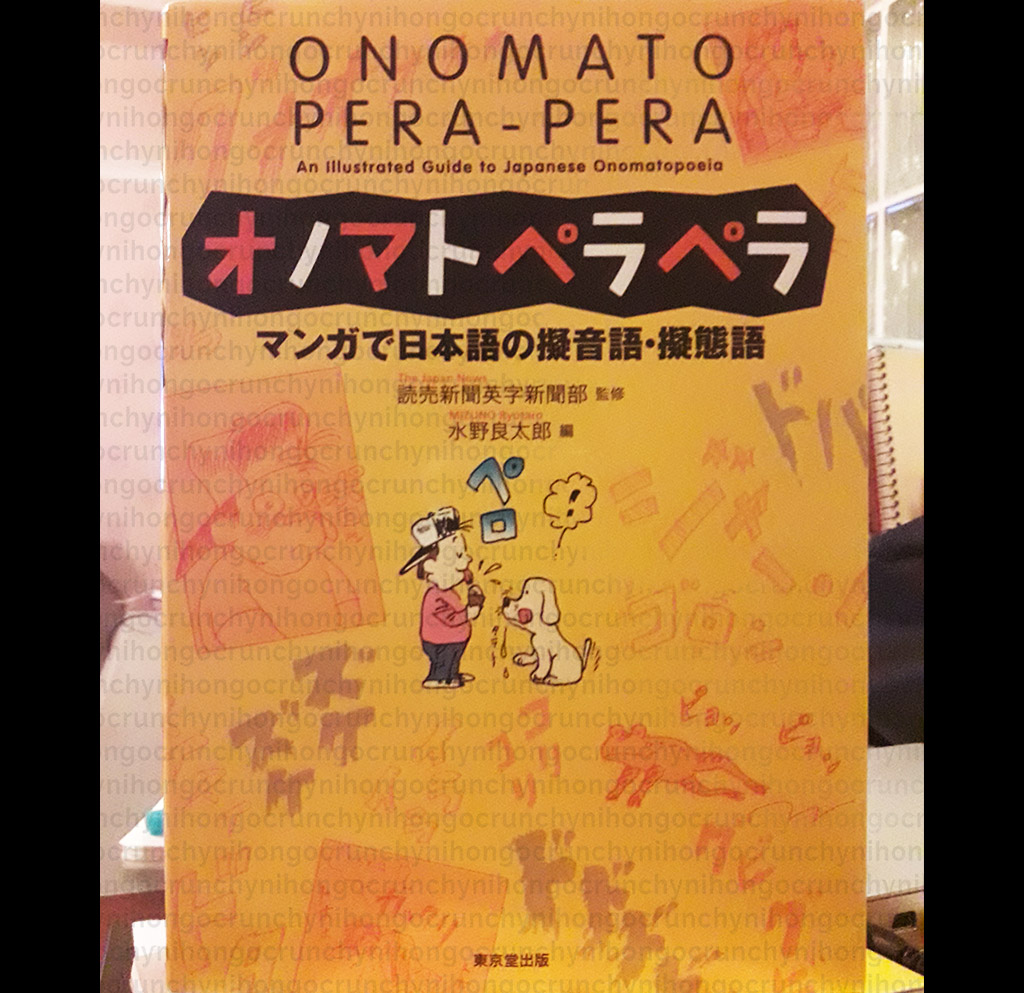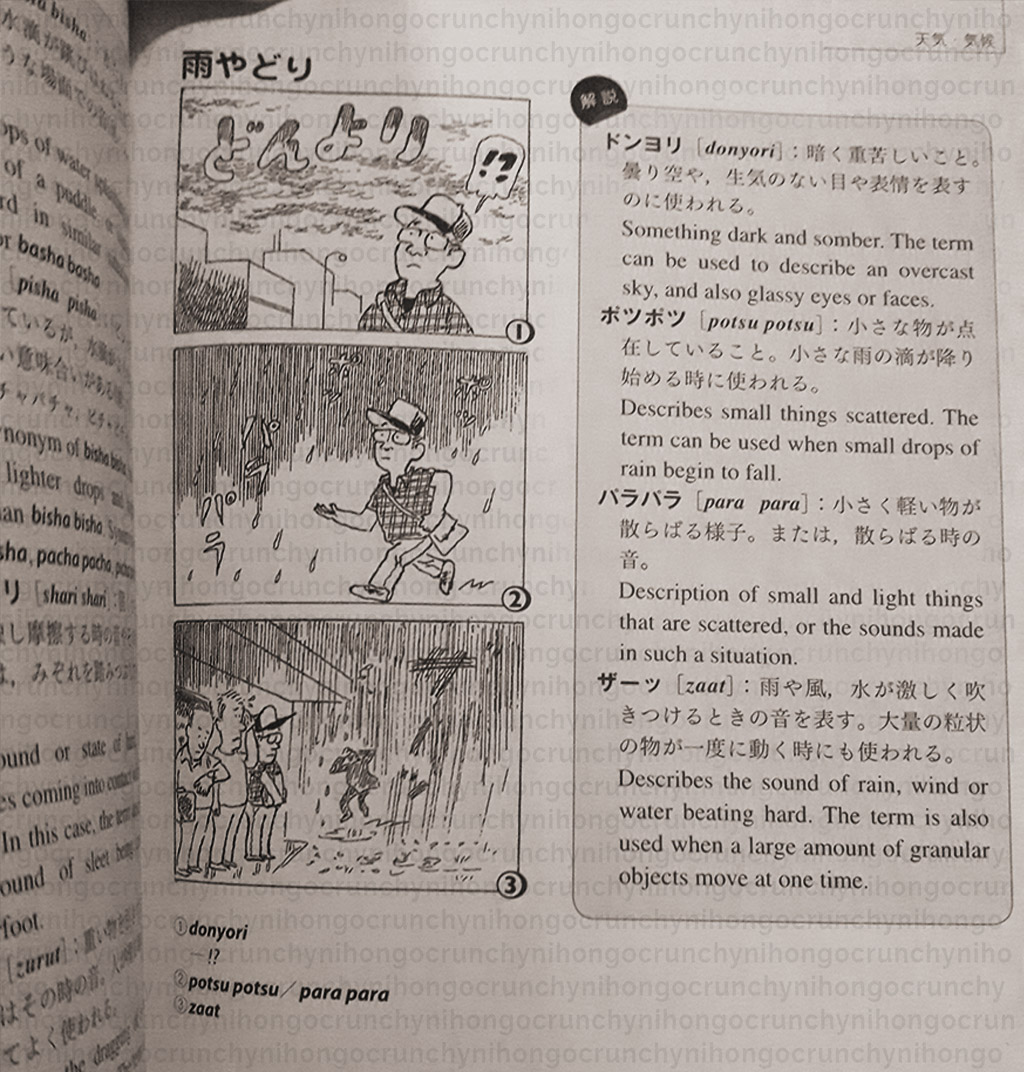Hi ! We hope this site helps you! ٩(ˊᗜˋ*)و As an Amazon Associate, we earn from qualifying purchases without additional cost. Click to read more about our Privacy Policy or Affiliate Disclosure
If this is the first time you ever heard about onomatopoeia, then keep reading on since it’s one of the most important part of Japanese language.

So what is it? Onomatopoeia is also called sound symbolism.
Remember when you’re little and learning words such as meow~, moo~ or woof! ? Or when you see “Pow!” or “Gulp gulp~” in comic books? Yep, that’s it~ It is a term for words that imitate sounds.
In English, these kinds of words have a very childish property and it’s very rare for adults to use them in everyday language. But in Japanese, these kinds of words are integrated with their everyday language. That is why you need to learn more about it if you haven’t. In case you haven’t noticed, you will find a lot of these sound effects too in manga (Japanese comic).

But more than just sound effects, Japanese people really incorporate these words in everyday sentence. They tend to describe something with sounds. The rolling stones, (literally) it’s goro goro. That sparkly diamond? It looks kira kira. Cutting a thick log with saw? It sounds like zaku zaku. Someone suddenly died in a snap? It’s pokkuri!
There are a lot of onomatopoeia in Japanese and they are broken down into 5 different categories.
• Giseigo (sounds made by human or animal)
• Giongo (sounds made by inanimate objects and nature)
• Gitaigo (describing conditions and states)
• Giyougo (describing movements and motions)
• and Gijougo (describing feelings and emotions)
If you’re interested to learn indepth about Japanese sound symbolism, here’s a recommended book for you. Onomato Pera Pera is a book that cover a lot of different type of onomatopoeia. But the most interesting part is that we could see the word in action on a comic strip! Definitely good to understand the context of each words!
Check it below. This page is explaining sound effect that commonly used in weather (in this case, about rain).
Happy learning! ☆*:.。. o(≧▽≦)o .。.:*☆


